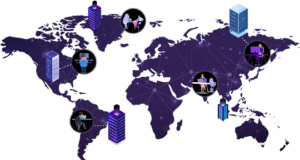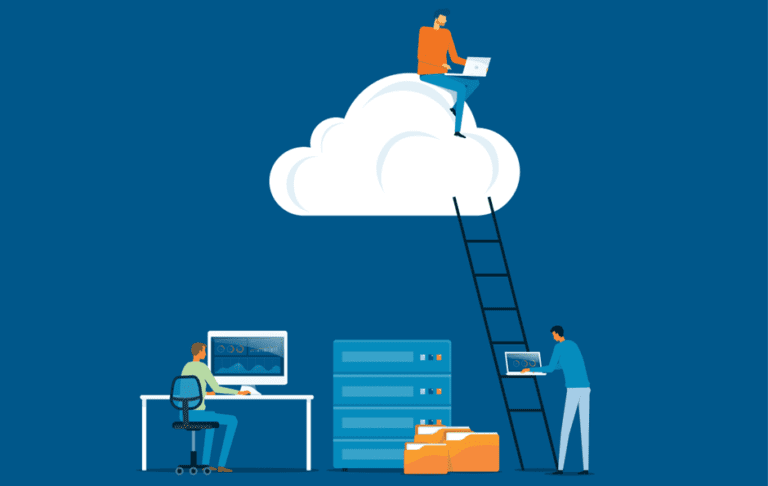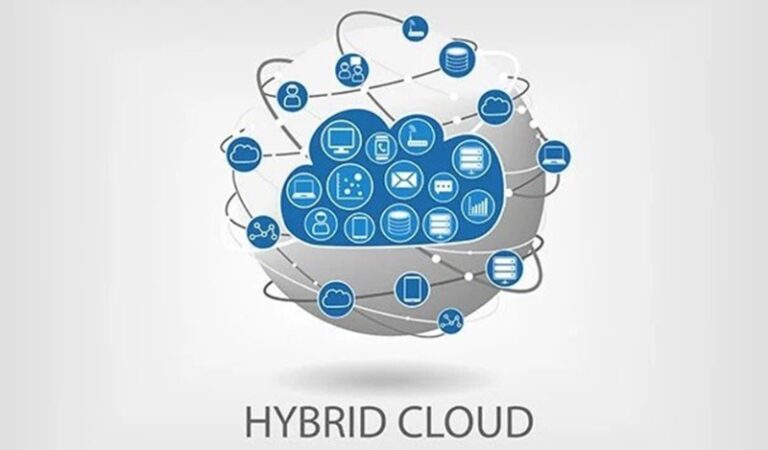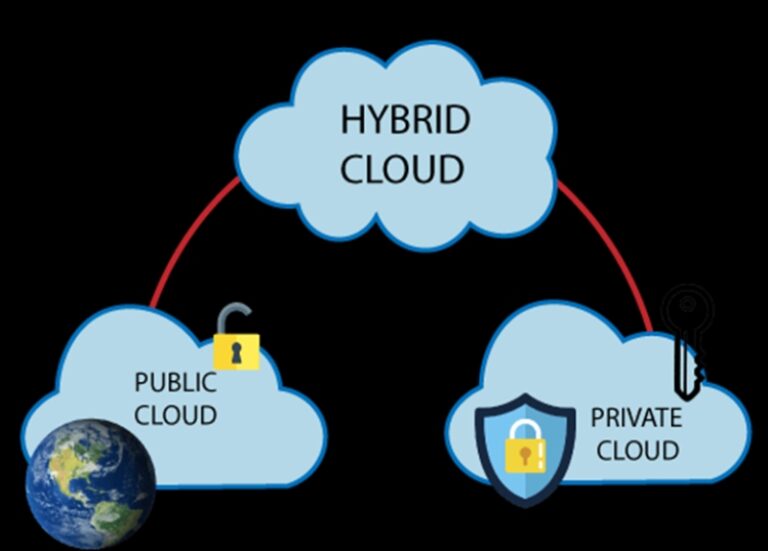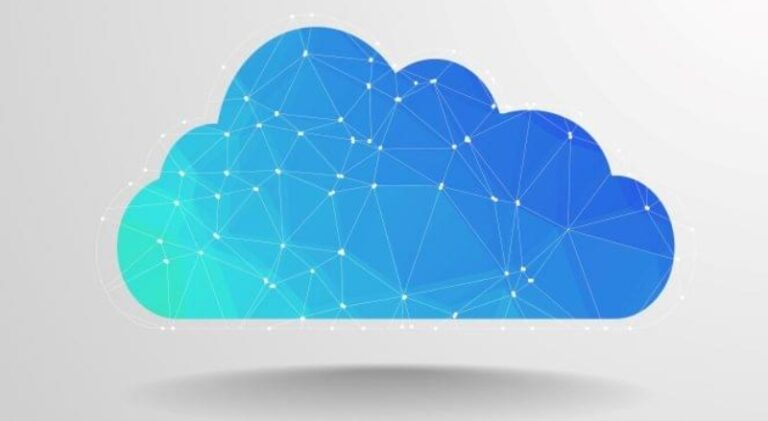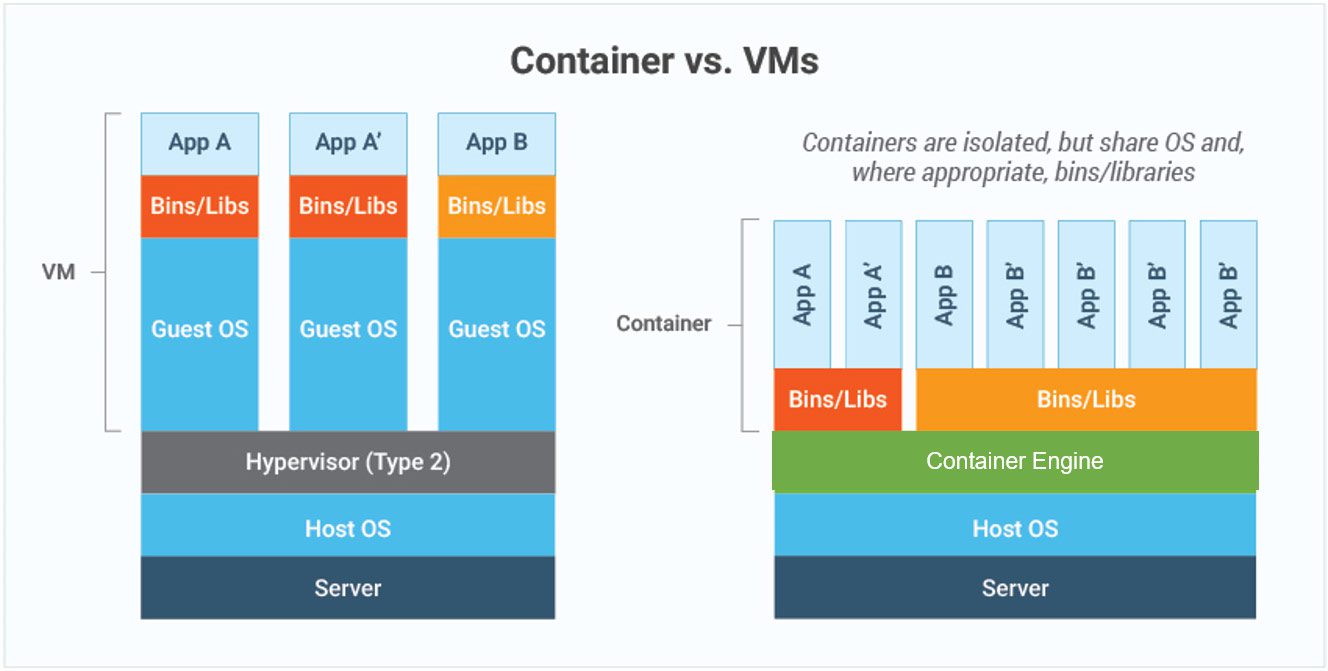Challenges Faced By Financial Services While Scaling Application
The financial industry of today has several challenges. Some include security threats, various operating procedures, and inconsistent regulations. Every day, banks and other financial institutions try new strategies to expand their operations and better serve their customers.
As in today's world, financial services are continuing to evolve, and digitalization takes over, scaling applications are necessary. However, it takes work to scale applications in financial services due to various challenges.
This article describes the challenges faced by financial services while scaling applications and how to overcome them.
Understanding the terms “Financial Services” and “Scaling Application”#

Professional financial services include various subfields, including banking, investing, money management, and insurance. Only businesses and individuals working in the financial sector may provide financial services. The financial sector is the most significant and influential part of the economy.
"Scaling application" describes an application's potential for dynamic performance and scalability changes, particularly when more people are using your product or service. Nowadays, the ability to scale apps is essential for every successful enterprise. Many factors must be considered while attempting to scale an application, such as the underlying system, the application's architecture, and code optimization.
10 Different Challenges Faced by Scaling Applications#

There are many challenges that financial institutions face while scaling applications. Below are some common challenges that institutions face.
1. Security Concerns:#
Financial security has always been a top priority, but it has taken on growing importance as apps have been more widely used. Many fraudsters want access to the financial data managed by financial organizations.
Hence, financial applications should set up firewalls, implement strong security procedures, and frequently test for risks to protect their customers' privacy and the scalability of their apps.
Firewalls protect sensitive enterprise information from the public internet. They are useful for securing a private network from outside intrusion. To access private information, users of multi-factor authentication systems must provide several forms of identity.
The countermeasures mentioned above may help alleviate fears about the safety of financial application software.
2. Scalability and performance:#
When the best financial apps become popular, they need to accommodate growing users. The performance of any application must be guaranteed to withstand heavy use. Optimization of the system and investment in new infrastructure might resolve this issue. When a company's performance keeps dropping, it may ruin its image and upset its consumers.
3. Cost:#

It may be quite costly to scale a financial application software, which is particularly problematic for cash-strapped financial institutions. The financial services industry is known for its rigorous cost analysis and well-defined strategy for maximizing available resources.
Financial institutions must invest in cutting-edge technology and heavy restrictions to enhance their services and conform to regulatory mandates.
Using open-source software and hybrid cloud computing is the most efficient way to lower the cost of financial services. To efficiently grow their application without breaking the bank, they must recruit full-time workers. Financial institutions may enhance their services and conform to regulations while decreasing costs.
4. Regulatory Compliance:#
Compliance with complex rules and regulations is a must in the financial sector. They may vary from nation to country and even over short periods. Data privacy, AML, KYC, and other verification factors are only some requirements that financial services must comply with.
Failing to fulfill these rules may subject financial institutions to fines and even harm their reputations. So it is important to be thoroughly aware of the regulatory environment to ensure that financial services comply with all applicable regulations.
The best financial app in the market follows each and every rule to stay ahead in the market.
5. Customer Experience:#
Scaling applications in the financial services sector requires thorough customer experience analysis. Customers have come to demand the constant availability of banking services. Dissatisfaction may result from even little delays or interruptions. Customer satisfaction is important while scaling apps.
Thus it's important to provide users with uninterrupted access to essential services. The best strategy for financial institutions to keep their clients happy is to provide excellent service through helplines, chat boxes, and other similar hybrid cloud computing technology.
You can also opt for application autoscaling while choosing cloud computing technology.
6. Collaboration and communication:#
Successful scaling and implementation of financial application software require close coordination and open lines of communication across many parties, including individuals, groups, security personnel, organizations, etc. Teamwork may be difficult when members are distracted, under time constraints, or far apart.
7. Risk management:#

Financial institutions can only function with effective risk management. Credit, operational, and market risks are only some of the concerns that financial services providers need to monitor and control.
Companies that help spot, evaluate, and measure reputation and financial stability may find this information particularly useful.
Yet, several best financial apps are available that help financial services organizations fulfill regulatory requirements. These applications include features like automatic compliance checks, safe record-keeping, and risk management tools to guarantee that organizations are following the rules.
8. Vendor management:#
A company's vendors are the people and businesses that provide it with the goods and services it needs to function. As vendors may profoundly affect a business, efficient vendor management is especially important for financial services firms.
Delays, cost increases, security threats, and other issues may all result from improper vendor management. It calls for constant vigilance and cordial ties with suppliers.
9. Customization and personalization:#
The financial sector must customize its software to each user's requirements. It must not be easy to scale the specialized application. Implementing the customization may be time-consuming and expensive.
Even so, there is the potential for personalization to raise privacy concerns. Before making any specific plans, businesses should consider all of their options carefully.
10. Innovation and future proofing:#
Even as they grow and adapt to new technologies, financial services providers must maintain their applications fresh and future-proof. Considering the increasing significance of technological factors, it may be difficult for a business to stay abreast of all the new technical developments, particularly in a highly regulated field.
Financial companies have various benefits from hybrid cloud computing, which is increasingly popular nowadays. Financial companies also have to deal with many challenging factors when adopting cloud computing technology. But at last, it provides smooth performance and running of the institution.
By utilizing application autoscaling, you can optimize the operation of your applications by running them on instances in the cloud that can be automatically scaled up or down based on demand.
Conclusion#
Many issues make it difficult to scale financial applications used in financial services. Financial institutions will have to overcome these obstacles if they want to provide their consumers with the best service possible.
In sum, you'll need all of the mentioned qualities and more to scale an application for financial services successfully. Financial institutions can only succeed by spending money on cutting-edge technology like cloud computing, protections, human talent, and expertise while keeping expenses low.
Also investing in application autoscaling you can run financial applications smoothly. This enables you to efficiently allocate resources and ensure that your application can handle changes in usage without incurring additional costs or causing performance issues.


